
Feathery orange moss, bouquets of tightly bound lime green and mustard yellow buds, gently swaying blood red branches, and huge pebbles adding a shock of blue and purple – to the uninitiated, this dazzling display might resemble an underwater garden, albeit an improbably colourful one.
And in a way it is. Except when you get up close, really close, and you see the thousands of tiny creatures, often no bigger than half an inch wide, packed tightly together in colonies to create this ethereal Red Sea landscape. We are of course talking about coral polyps, the soft-bodied organisms that together can form reefs the size of islands.
They only cover a tiny area of the earth – less than one per cent – but they are the vital building blocks of a healthy marine ecosystem. By providing food, and habitats for breeding and nursery grounds, they support around 25 per cent of all marine life, including over 4,000 species of fish.
Humans benefit too. Reefs provide food and livelihoods for millions of people around the world; they protect shorelines from intense wave impact and are the source of many medicines. A UN report from 2006 estimated that just one square kilometre of reef could be worth up to US$600,000 a year. https://view.ceros.com/the-independent/video-template
But corals are facing the very real threat of extinction due to the pressures of climate change. Globally, reefs have already suffered a decline of over 50 per cent in the last 50 years and research suggests warming and acidifying oceans could wipe out up to 90 per cent of the world’s corals by 2050 if nothing is done to save them.
The problem with coral bleaching
A reef’s vibrant colours actually come from tiny algae called zooxanthellae that live inside the coral tissue. Their relationship is symbiotic: in return for a home within the coral, the zooxanthellae provide most of the coral’s food and nutrients.
The zooxanthellae are incredibly sensitive to changes in the ocean. If temperatures become unsuitable – usually too high – the thermal stress will cause them to be expelled from their host. The corals, in turn, lose their main source of food, becoming ghostly white in a phenomenon known as coral bleaching.
At this stage, the coral is still alive – but it can’t survive for long without the zooxanthellae. If temperatures remain high for prolonged periods of time, and the zooxanthellae don’t return to their host, the coral will eventually die, withdrawing life support for other sea life.
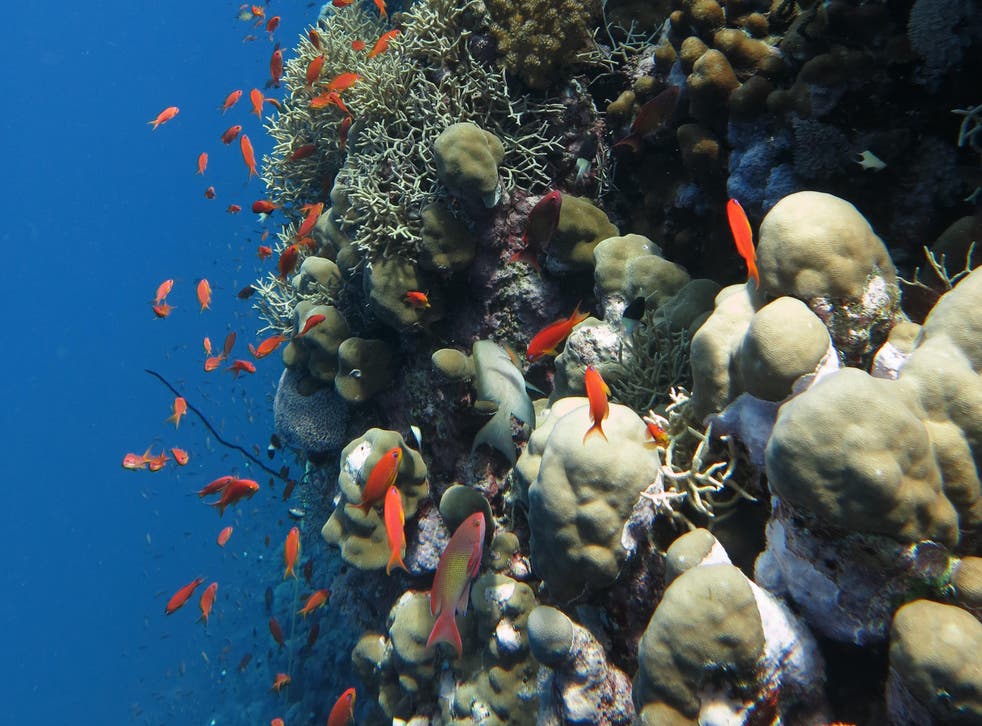
The devastation will echo across the entire marine ecosystem and beyond – the ocean will lose enormous biodiversity, fisheries will suffer and millions of people will lose their source of food and income.
Hope from the Red Sea
In 2020, researchers discovered that some corals in the Gulf of Aqaba – a trench at the meeting point of Egypt, Israel, Jordan and Saudi Arabia – could withstand extreme temperatures. One degree above an area’s summertime maximum monthly mean sea surface temperature for a period of a week (generally given as Degree Heating Week, or DHW) can be enough for bleaching to occur but these corals have been known to survive a seven-degree rise.
The reason these super-corals exist in the Gulf of Aqaba is because “the Red Sea has a strong latitudinal temperature gradient,” according to Dr Sebastian Schmidt-Roach from King Abdullah University of Science and Technology (KAUST) in Saudi Arabia. And because the Red Sea’s coral population is relatively young.
During the last ice age – two and a half million years ago – sea levels fell and the Red Sea was cut off from the Indian Ocean, becoming intensely dry and salty. Then when the ice caps melted, the region reflooded. Over generations, as corals migrated into the Red Sea, passing a bottleneck in the south where temperatures reach average highs of 34°C every summer to the very north where temperatures drop to 16°C in winter, they adapted to the extremes in temperature and transported their newly acquired heat resilience with them.
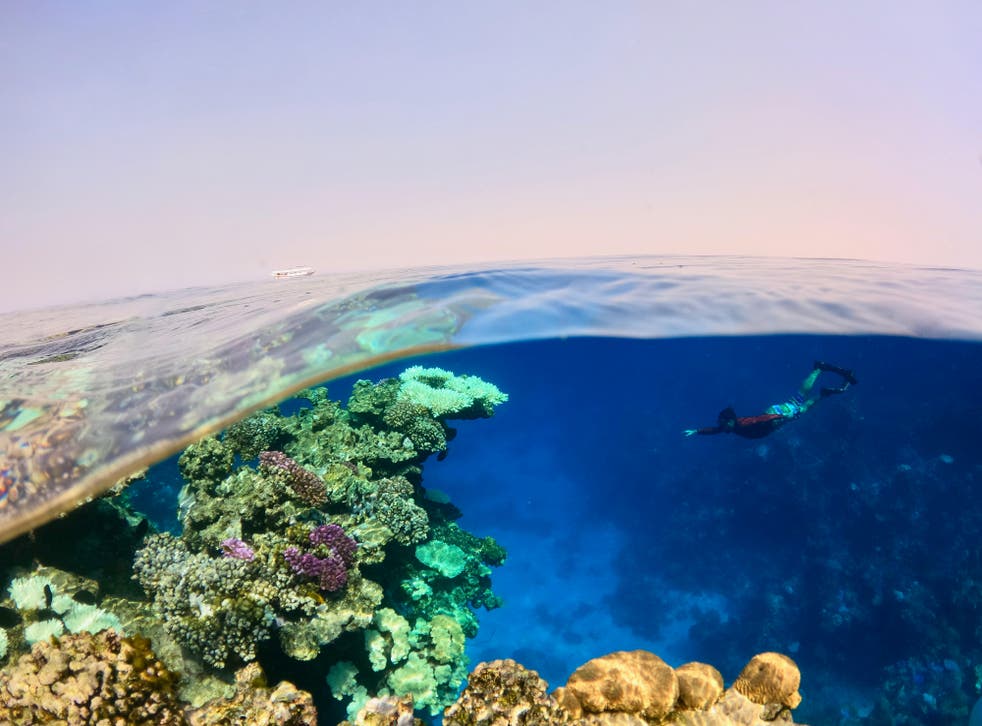
It’s hard to underestimate the importance of this discovery given how much hotter our oceans are getting. The Red Sea, which already has warmer waters than elsewhere in the world, experienced 23 DHW events in 2020. Just 40 years ago, there were next to none.
Lending corals a helping hand
KAUST’s Professor Manual Aranda compares some of the current coral restoration efforts to the legend of Sisyphus, who rolled a boulder up a hill only to have it plummet to the bottom as soon as he reached the top. “Because you’re planting the same corals that were there to begin with, the next heat wave just kills them again, destroying all the work you’ve done,” he explained.
But the discovery of a heat-resilient super-coral is changing the game.https://view.ceros.com/the-independent/sgi-quotes/p/1
Professor Aranda and Dr Schmidt-Roach, along with the rest of the research group at KAUST known as the Coral Hub, are focusing on enhancing the natural reproductive success of specific coral colonies that have shown increased thermal tolerance.
Once they identify the corals that can naturally survive in warmer environments, they cross-breed these with multiple others within their species. During breeding, the heat-resistant corals have a small advantage over the others and reproduce more as temperatures are slowly raised, meaning the entire population gradually becomes more heat-resilient.
In effect, this intervention speeds up the genetic exchange that would normally happen over thousands of years, giving corals a fighting chance to keep up with the rapidly changing climate.
And by encouraging the thermo-resistant corals to interbreed in this way, rather than growing multiple cultures from the same coral in a petri dish, genetic diversity is maintained; it protects the population from things like disease that could wipe out entire colonies in one go.
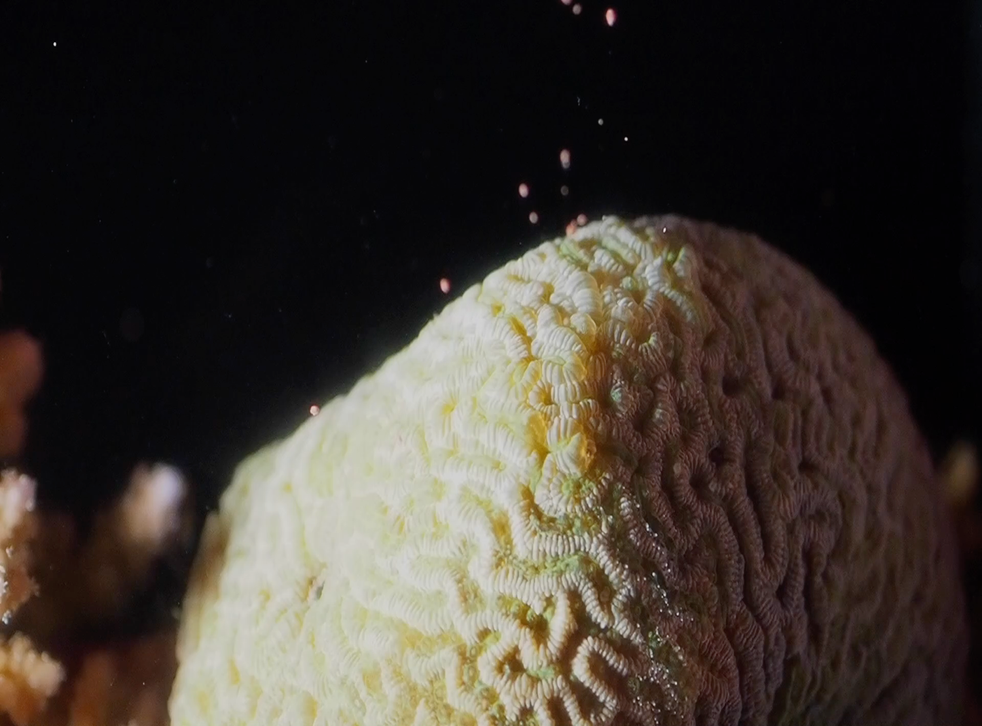
“The mutations are already there,” Professor Aranda explained. “This selection weeds out the corals that won’t do well, giving the remaining individuals a proliferation advantage.”
“The problem is, we only have about 30 years,” he added.
Once temperatures hit between 1.5°C and 2°C above pre-industrial levels, between 70 and 90 per cent of the world’s corals will be lost. As most of the Red Sea’s coral reefs are currently in a good state, it’s vital that researchers act now while they have a head start; building resilience before future marine heatwaves hit these reefs.
The future of reefs
The Red Sea Project is pioneering a whole new concept: using floating coral nurseries to establish a seed stock out in the wild.
Because the corals aren’t physically attached to land, researchers can quickly react to warm events: adding shade to decrease thermal and UV stress or lowering them to deeper, cooler water. They can even move the whole nursery to a better location if needed.
They also need to ensure coral colonies are close enough together. If colonies are too far apart to procreate, the mere presence of thermo-resilient corals won’t be enough to re-establish the population if bleaching events do occur.
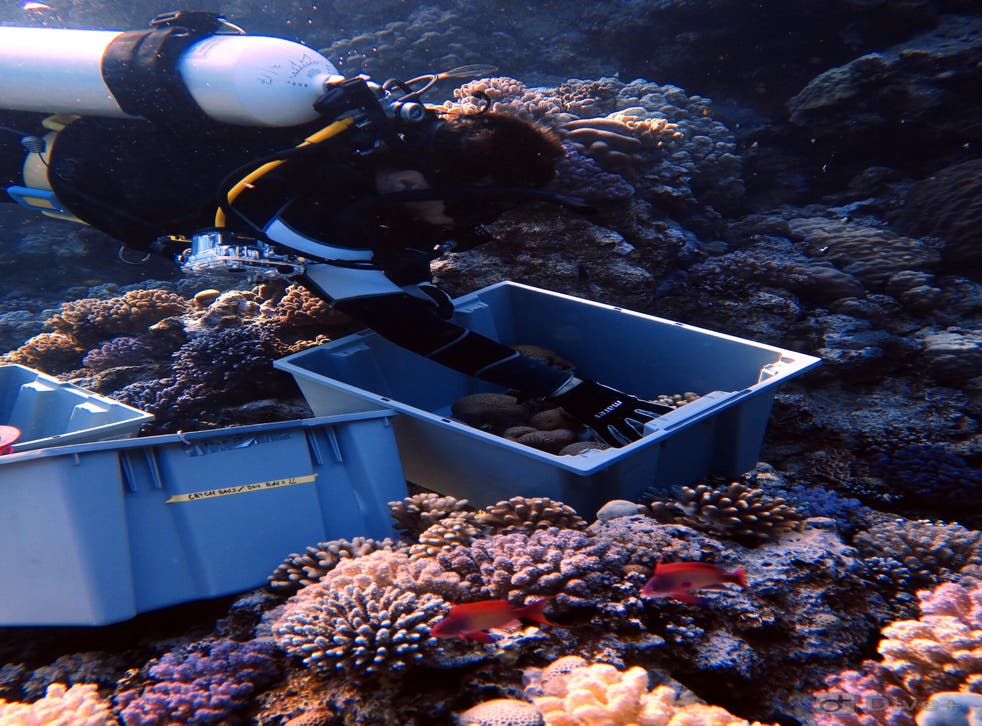
Once restoration projects are underway, monitoring becomes critical, and KAUST has developed techniques that will give constant feedback on performance to maximise chances of success.
They are using cutting-edge Structure from Motion photogrammetry to create high-resolution 3D images of the entire reef at around 300 sites. Creating such comprehensive mapping – with photos taken from various angles to build a full picture – takes several months. The modelling will be repeated every six to 12 months to help scientists observe minute changes in the reef, especially for massive corals that are slower-growing and would normally only increase in size by 2cm a year.
By reviewing these images, researchers can detect subtle changes and determine growth rates – something difficult to do using traditional methods. This mapping then helps scientists understand where certain types of coral grow well to ensure intended enhancements are truly informed by nature before planting begins.
The research in practice
These innovations are being used in a world-leading project that harnesses the power of tourism to protect coral reefs.
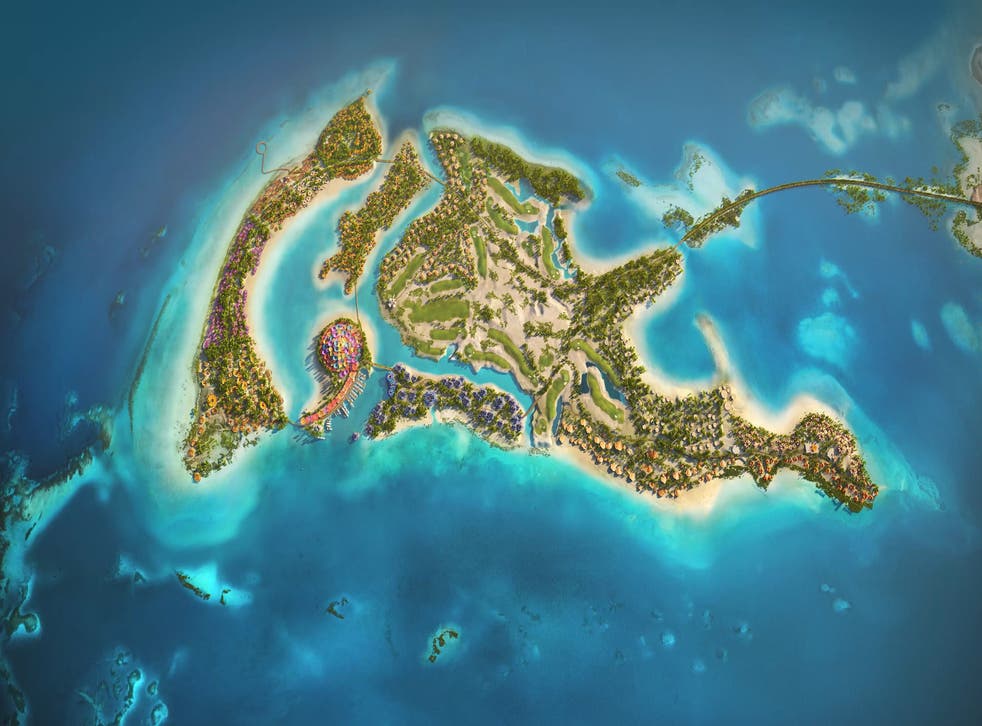
The Red Sea Project is a luxury regenerative tourism offering being built across previously untouched areas of the west coast of Saudi Arabia. By its completion in 2030, the development, which is roughly the size of Belgium, will offer 50 resorts, 8,000 hotel rooms and more than 1,000 residential properties across 22 islands and six inland sites. Initial phases are well underway and it expects to begin welcoming guests by the end of 2022.
The Red Sea Development Company (TRSDC), the developer running the project, aims not only to reduce any stress the development might put on the pristine environment but to leave these spectacular landscapes better than if they had been merely left untouched.
Dr Rusty Brainard, TRSDC’s chief environment officer, said: “We’re using the development as a vehicle to actually improve the environment.”
“Over the vast 20,000km2 special economic zone – 7,000km2 of which is marine – we’re trying to enhance biological diversity by 30 per cent over 20 years.”
Given that we could lose most of the world’s corals in the next 30 years, a 30 per cent increase in diversity is staggeringly ambitious. If they can achieve this, the development will set the global standard for an entirely new approach to conservation – one that really addresses the balance of social, economic and environmental concerns.https://view.ceros.com/the-independent/sgi-quotes/p/2
The development has a forward-looking approach to resource management. Dr Brainard explained: “We’re not going to try to take the marine environment back to what it was 50 years ago because that’s very different from the climate we will have in 20 years. We need to use science to inform what combination of species could best survive future conditions.”
KAUST’s coral regeneration research – something never done before at such an immense scale – is a key part of the development. Using their data on which habitats different types of coral prefer, seed stock can be planted in specific locations where they are likely to take very quickly. This allows TRSDC to build easily accessible reefs close to the resorts specifically for tourists.
The Saudi Green Initiative is Saudi Arabia’s whole-of-government approach to combat climate change. Learn more about the initiative here
Novice divers often struggle with buoyancy and can unintentionally cause damage to reefs by knocking into them. These man-made and maintained “sacrificial sites”, filled with impressively diverse reefs, not only provides them with an amazing experience but also protects existing natural reefs from tourism pressures.
The coral research is just one fragment of its commitment to sustainability. To ensure the development protects the entire ecosystem – both marine and terrestrial – TRSDC is putting environmental protection as the first priority at every level. This includes its commitment to use entirely renewable energy, establishing a marine protected area with no fishing and no anchoring, a destination-wide single-use plastic ban, and zero waste to landfill policies, and an annual one million visitor cap.
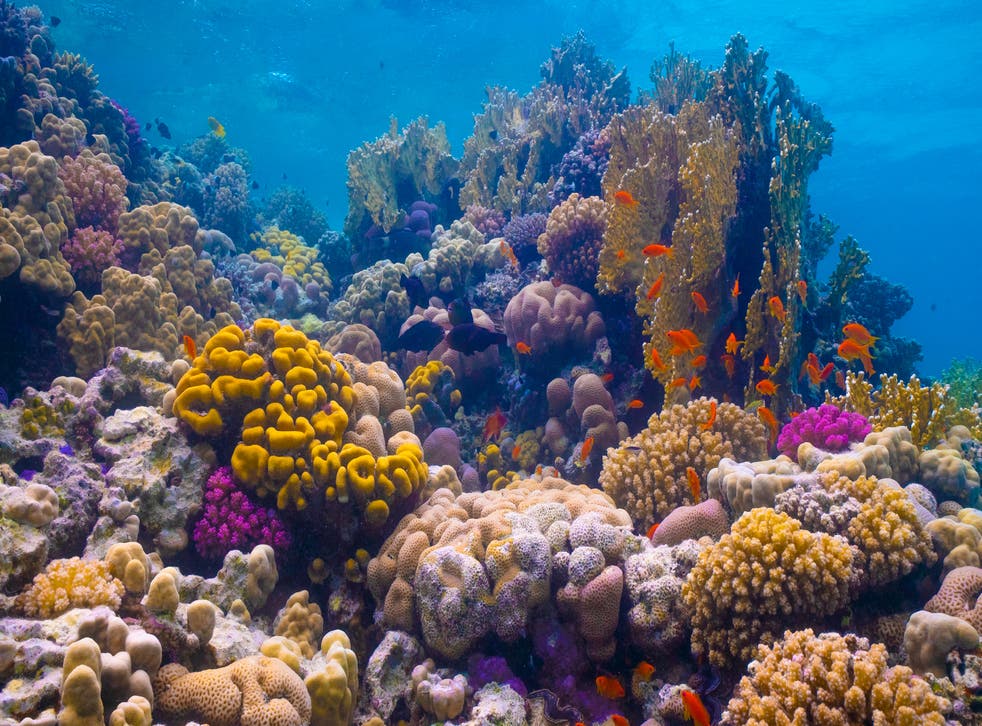
Unlike many developments that only aim for carbon neutrality onsite, The Red Sea Project will also offset visitors’ entire carbon footprint. DBrainard explained: “Our business requires people to fly from all over the world, which is a huge carbon footprint. We own that footprint. For us to achieve carbon neutrality, we have to sequester every molecule of carbon associated with the project.”
The goal is to achieve this through enhancing native vegetation, including the planting of mangroves, seagrass and marine algae. TRSDC is aiming to be carbon neutral across the entire supply chain by the time the project is fully operational, addressing an estimated 2.5 million metric tonnes annually.
Guests will be able to visit some of these sites, as well as a new coral conservation centre at The Red Sea Project, which will be established under a new research agreement with KAUST. There’s enormous value in this according to Dr Schmidt-Roach. He said: “There is huge value in educating tourists about what corals are and how beautiful they are because it fosters stewardship for marine resources, which we hope will benefit areas beyond the Red Sea.”
From the Red Sea and beyond
Taking these extra steps make financial sense, especially in the long run.
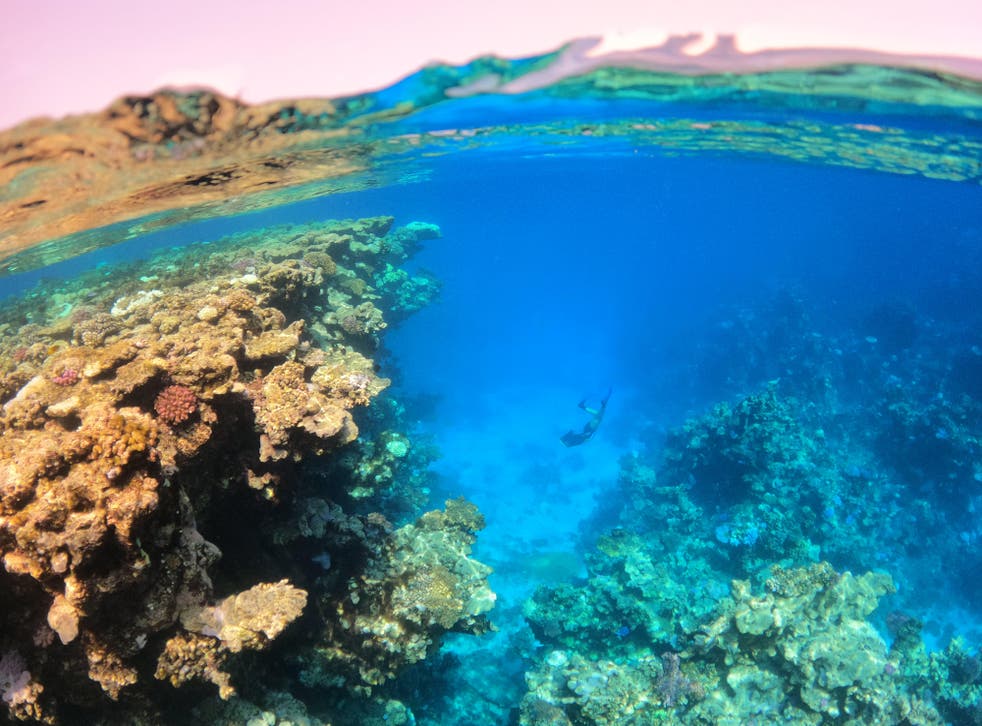
Dr Schmidt-Roach explained: “If we look at how much it costs to replace services provided by coral reefs, it is much smarter and more economical to invest into coral reef protection now rather than having to rebuild something coral-like later on.”
Indeed, the attraction of the Red Sea is its stunning biodiversity. Its thriving coral reefs provide the habitat that enables, sometimes by a couple of degrees of separation, nesting sea turtles, dugongs, cetaceans, and even migrating birds. “If we screw that up,” Dr Brainard said, “we’re essentially killing our business model.”
This is the crux of it: TRSDC fully understands the economic benefit of protecting and enhancing the natural environment – its main asset – to guarantee future tourism revenue. If regeneration efforts are successful, the destination’s perceived value will only grow over time.
So, what does this mean for the declining reefs elsewhere? Firstly, once the coral colonies are successful, “there’s no boundary for them,” according to Professor Aranda. Over time, by mating with corals outside the area, this heat-resistant quality could spread to other coral populations.
The team at TRSDC also hopes the project’s success will provide incentives for Blue Capital investment into coral and other valuable ecosystems around the world. By making the project as cost effective and profitable as possible, others may emulate it. “We want this to become a new global standard that people will copy,” Dr Brainard said.
Perhaps, then, the future of coral might not be so bleak. If scientists like those at KAUST continue making leaps in their vital research and we change our mindset to value and invest in our precious ecosystems, our reefs might be still here – and thriving – for many generations to come.
Source











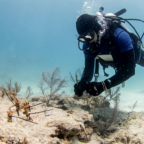

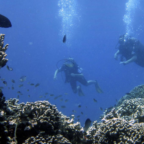

Social Profiles